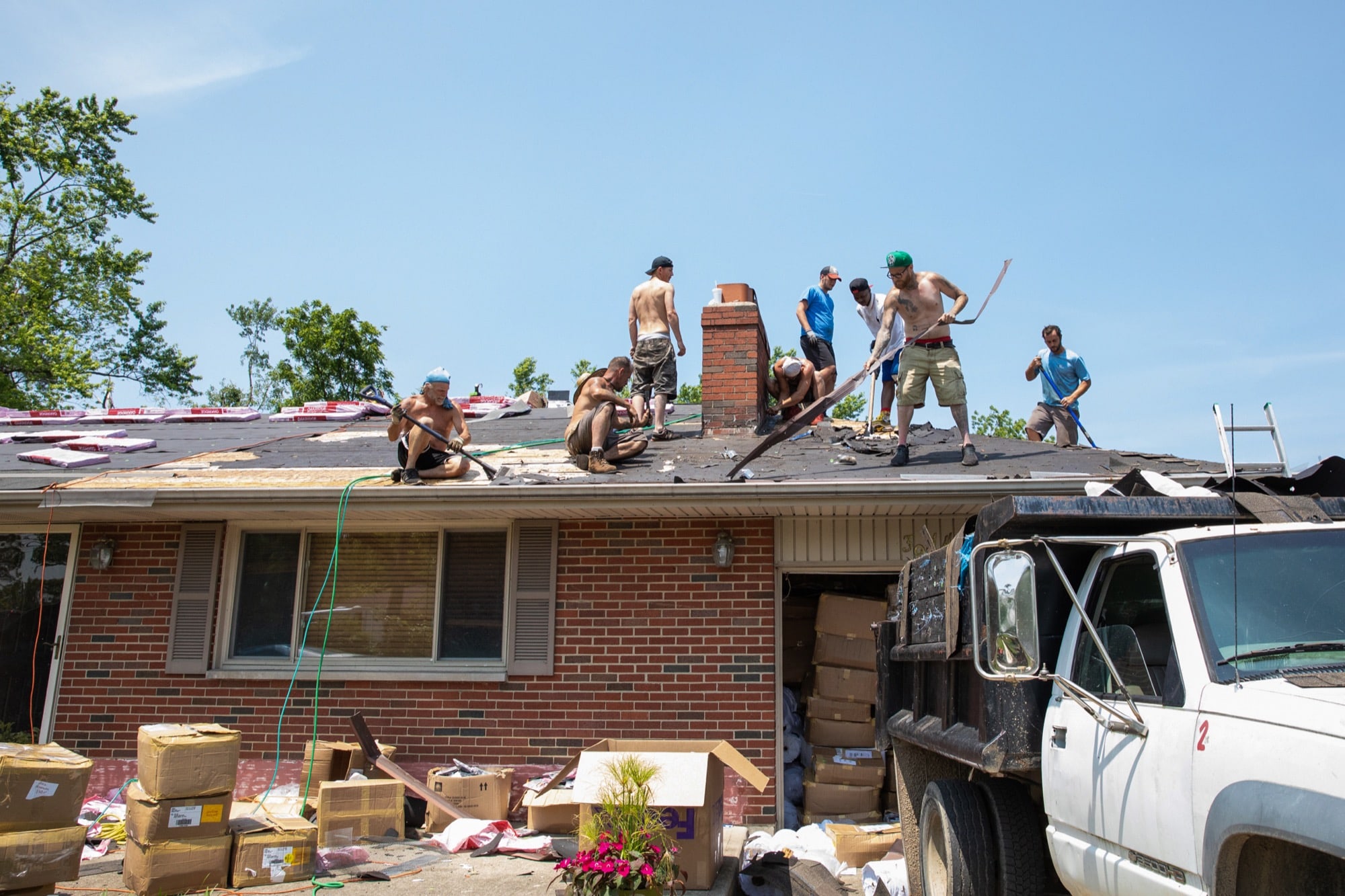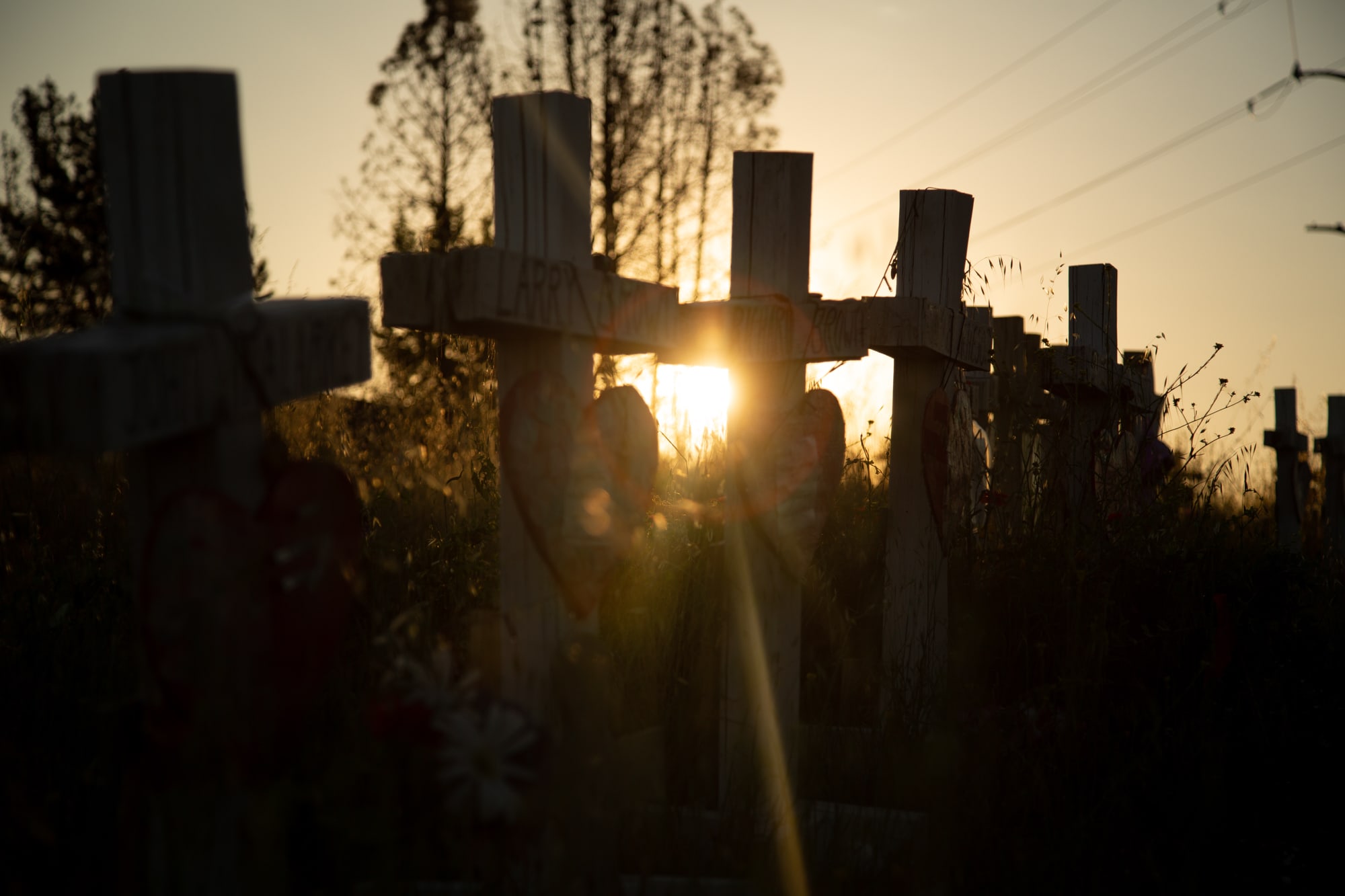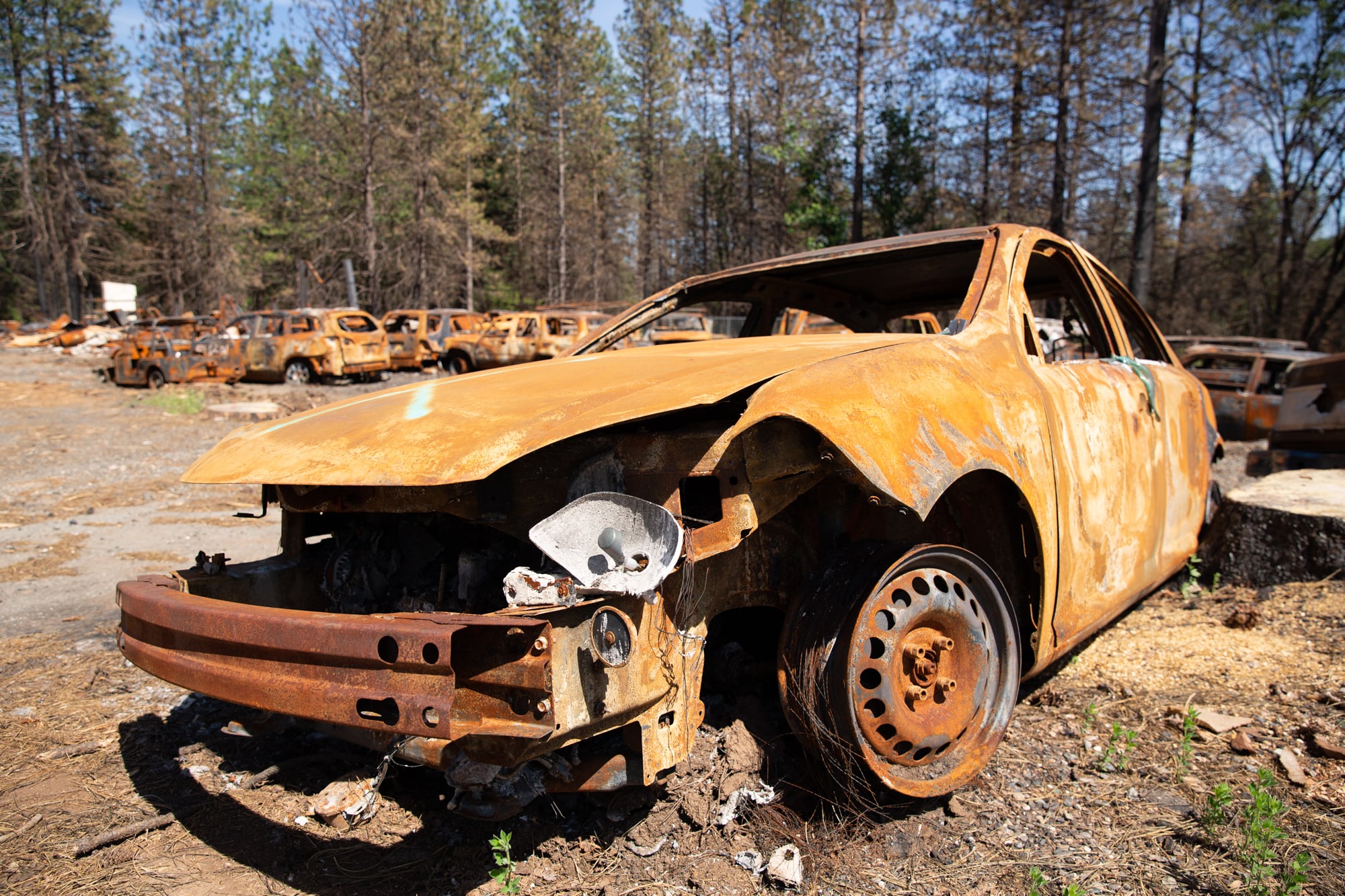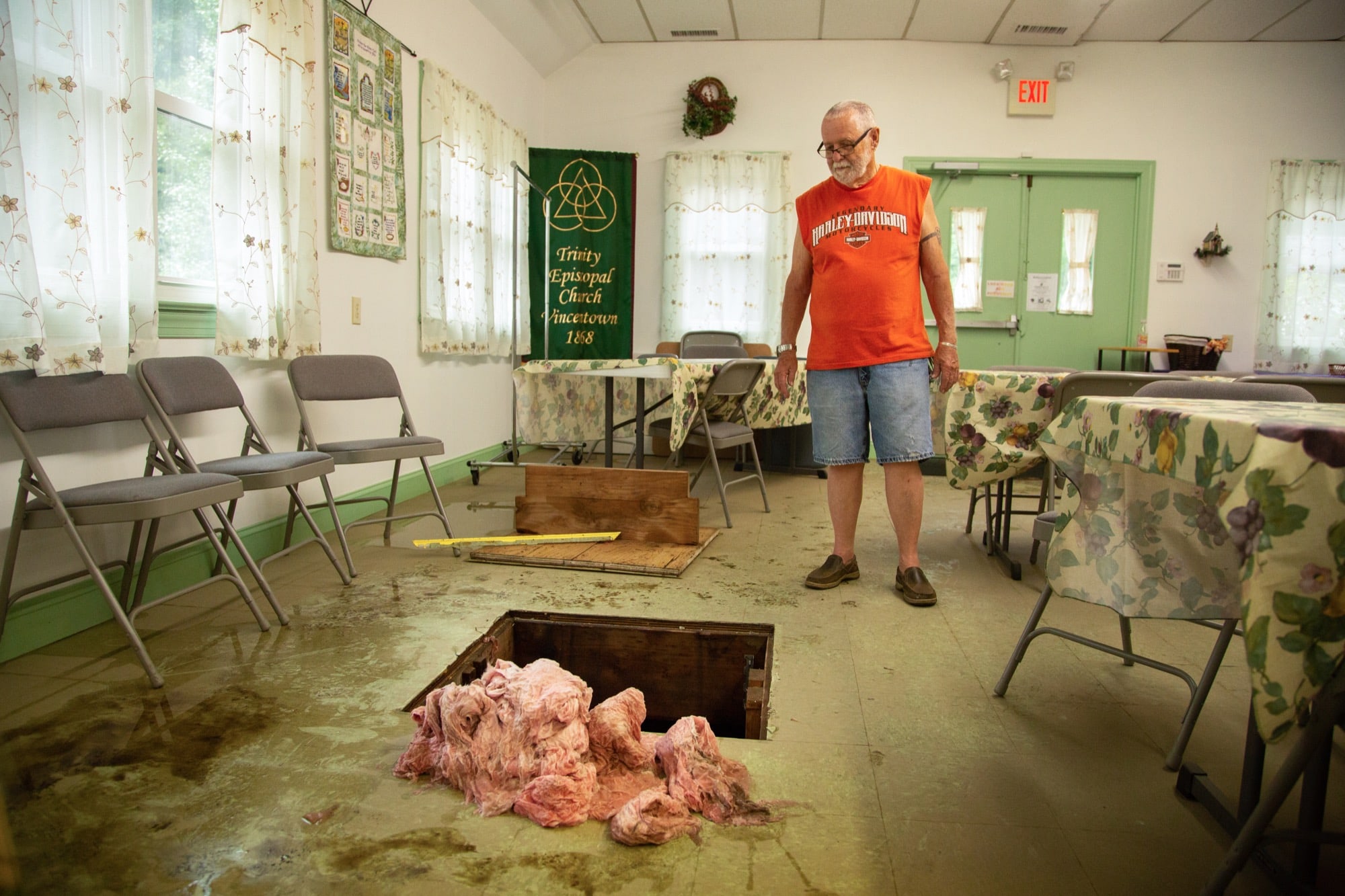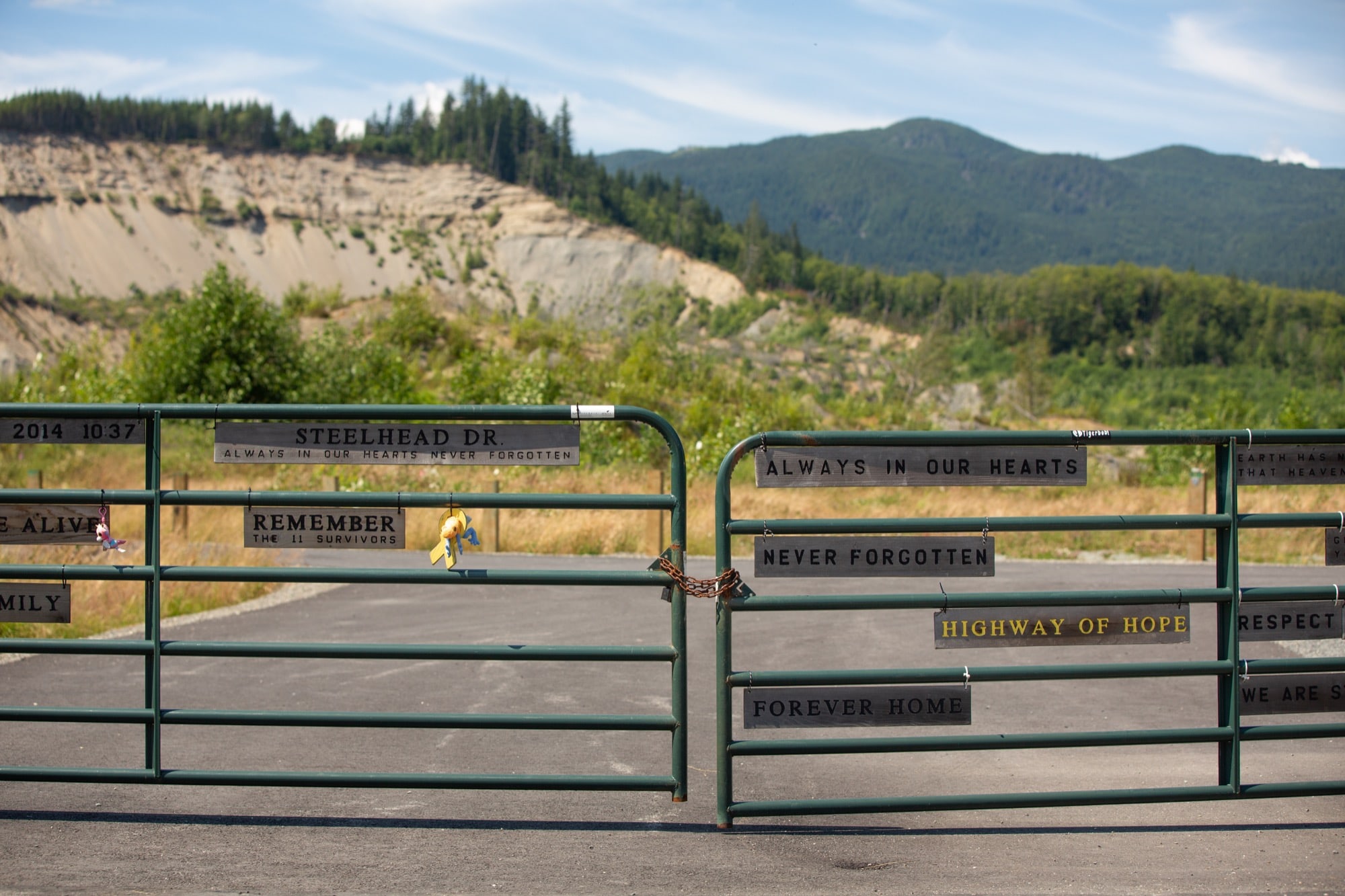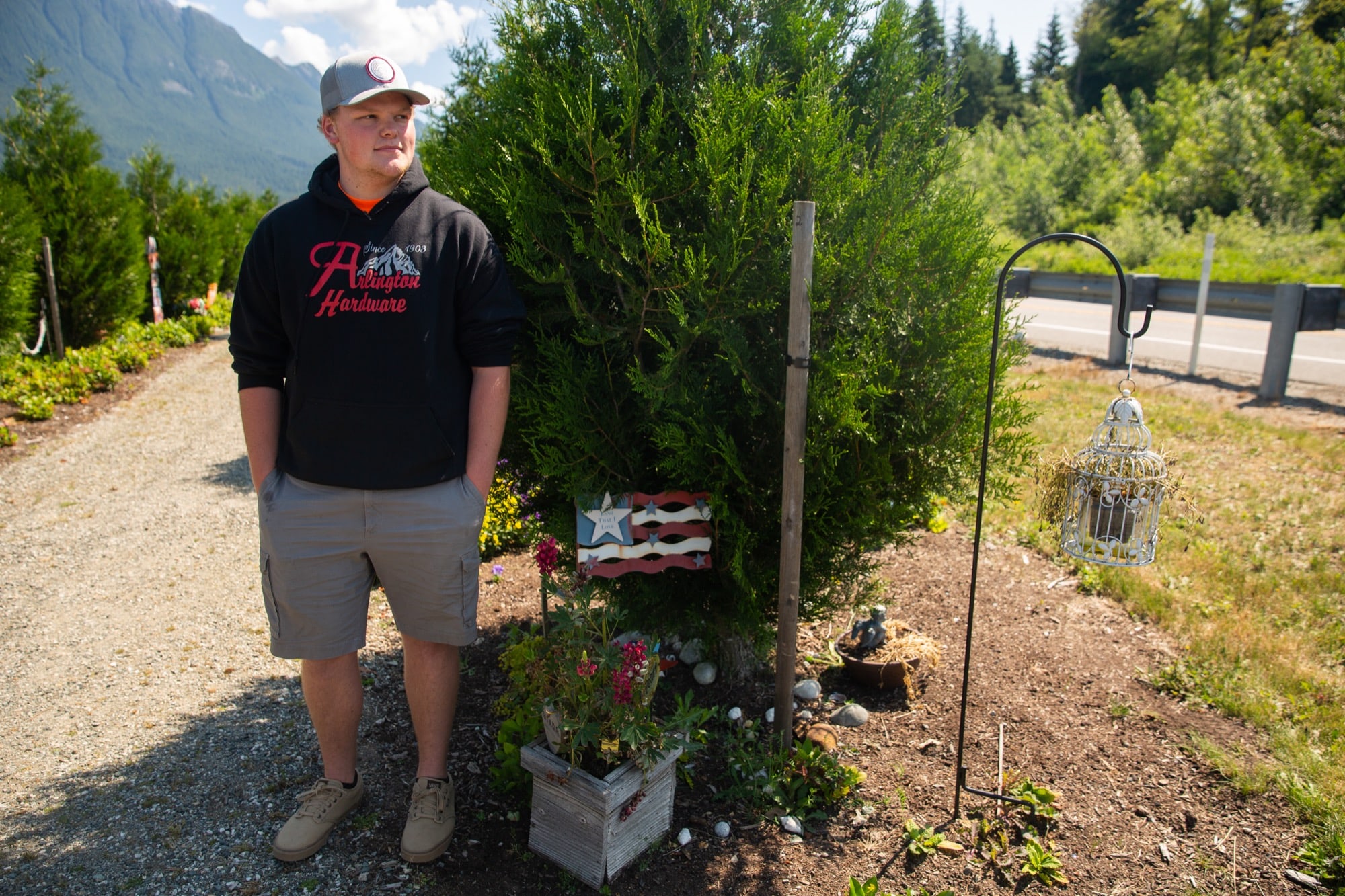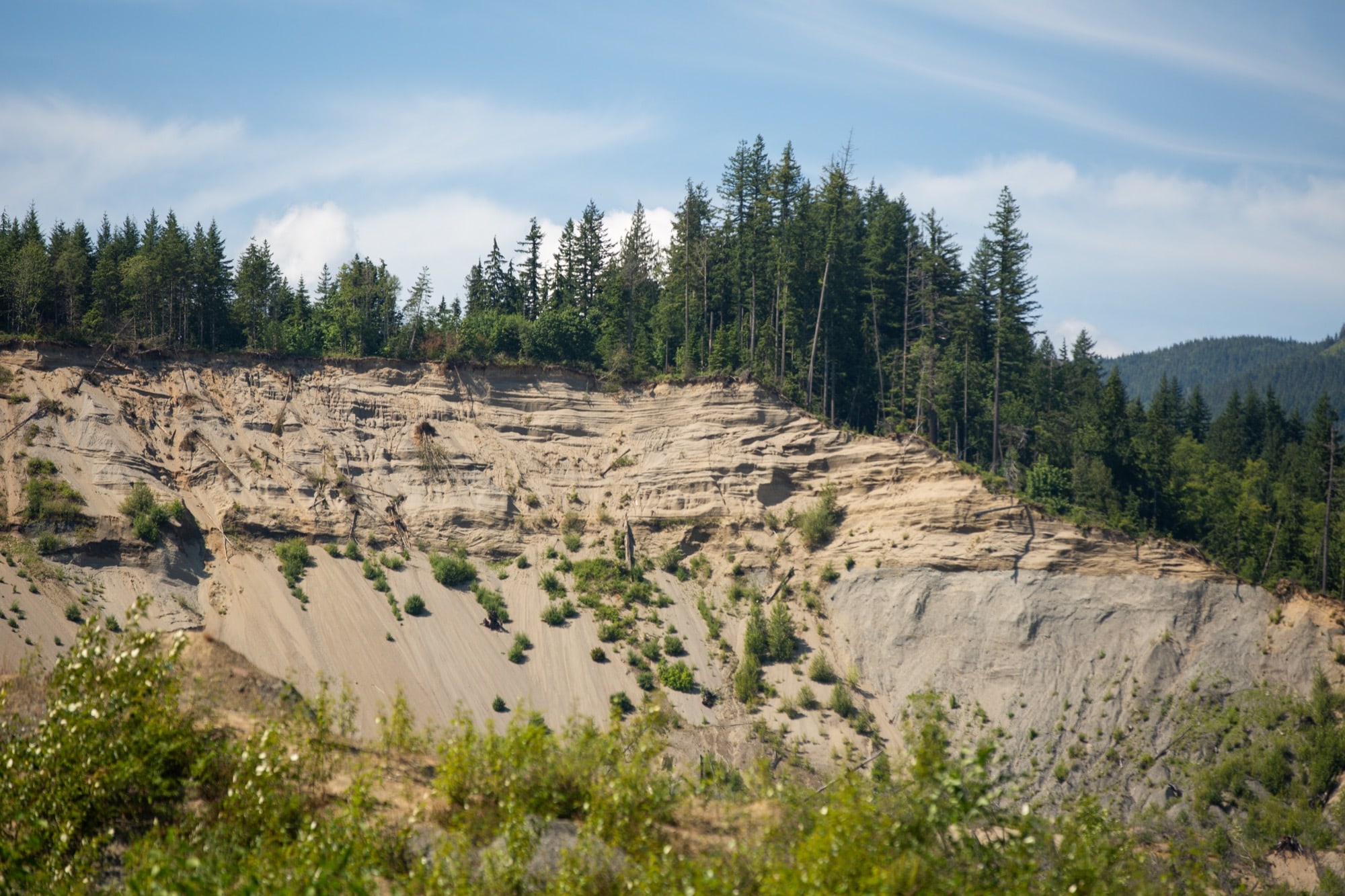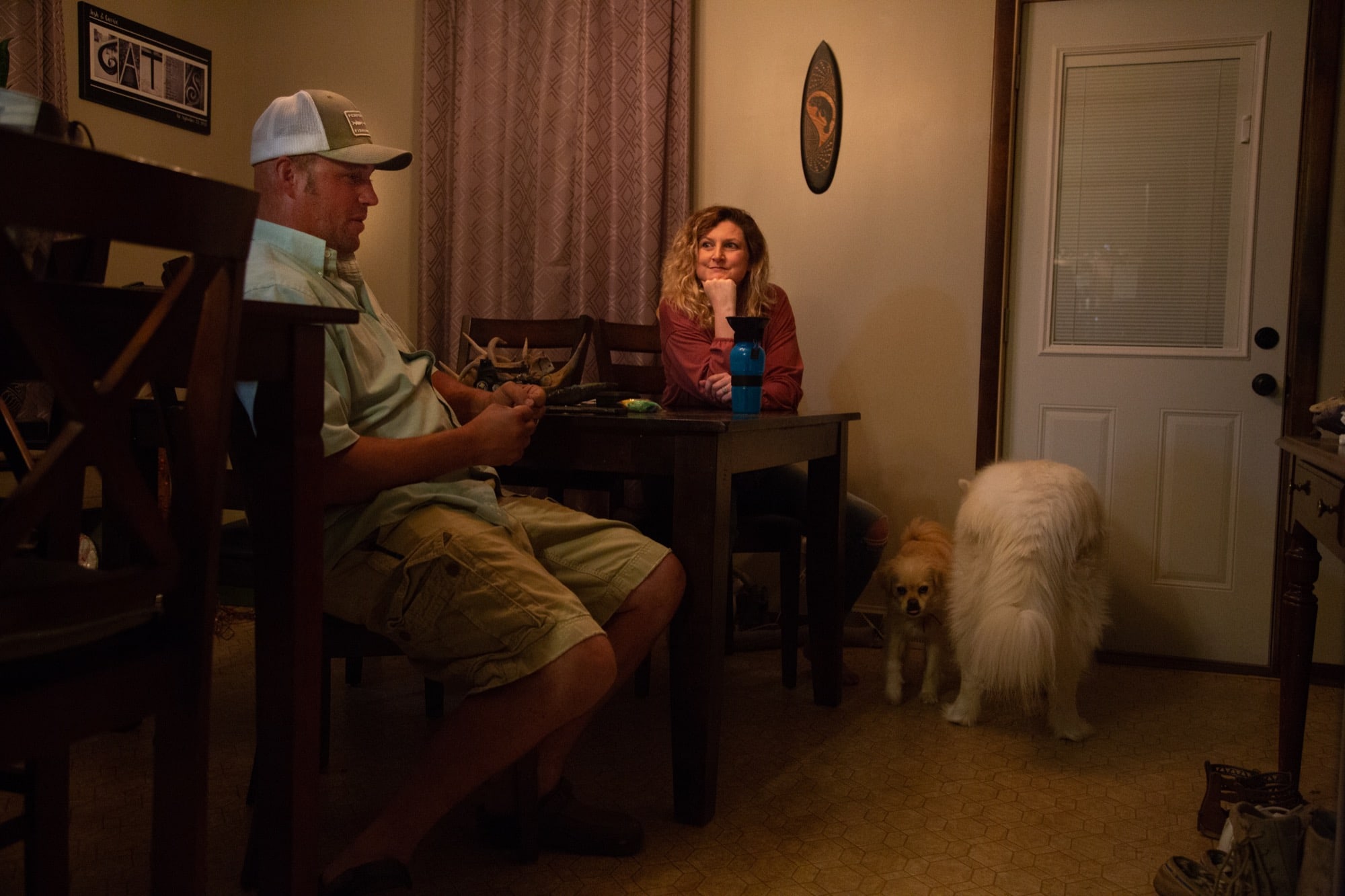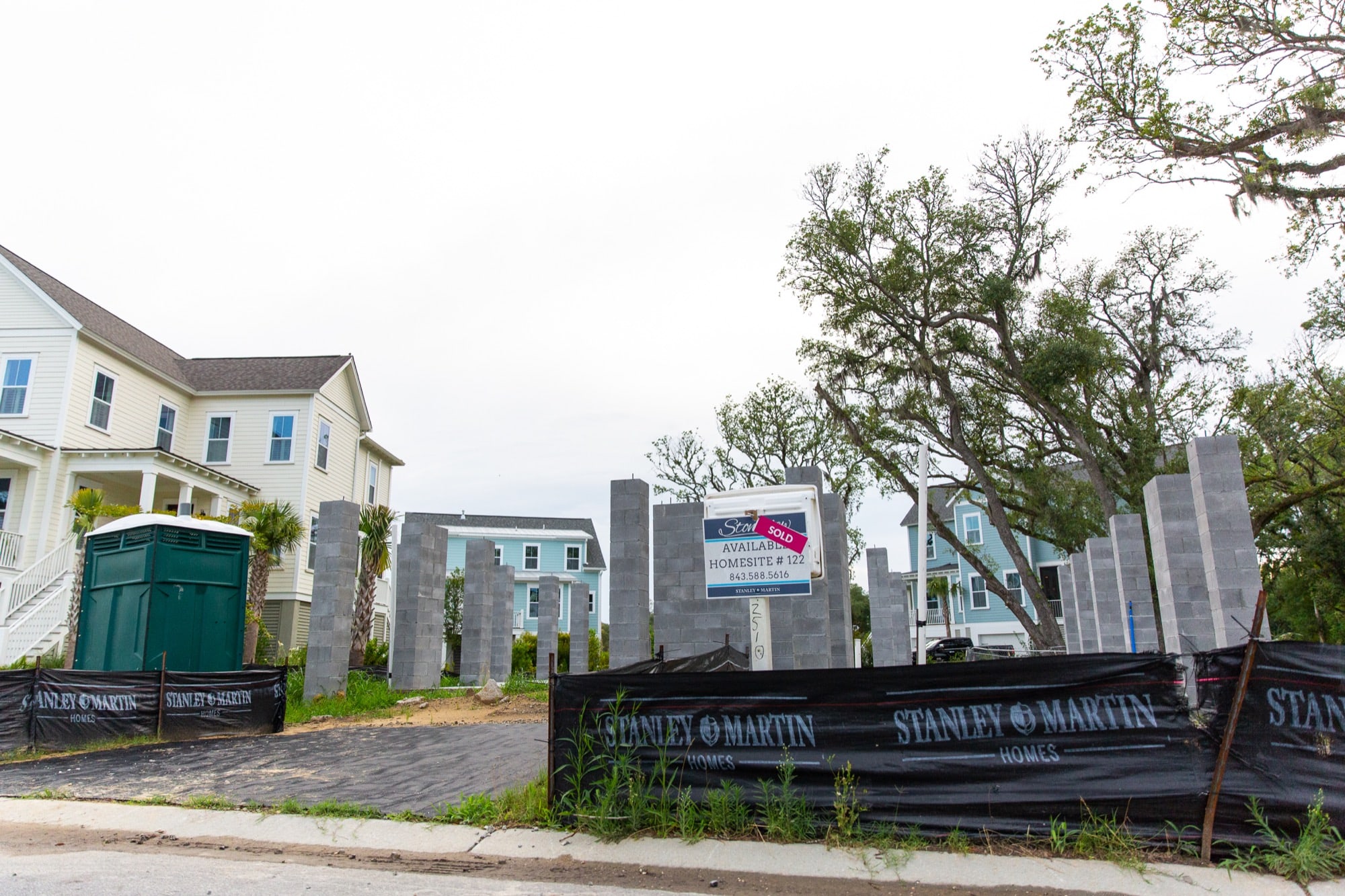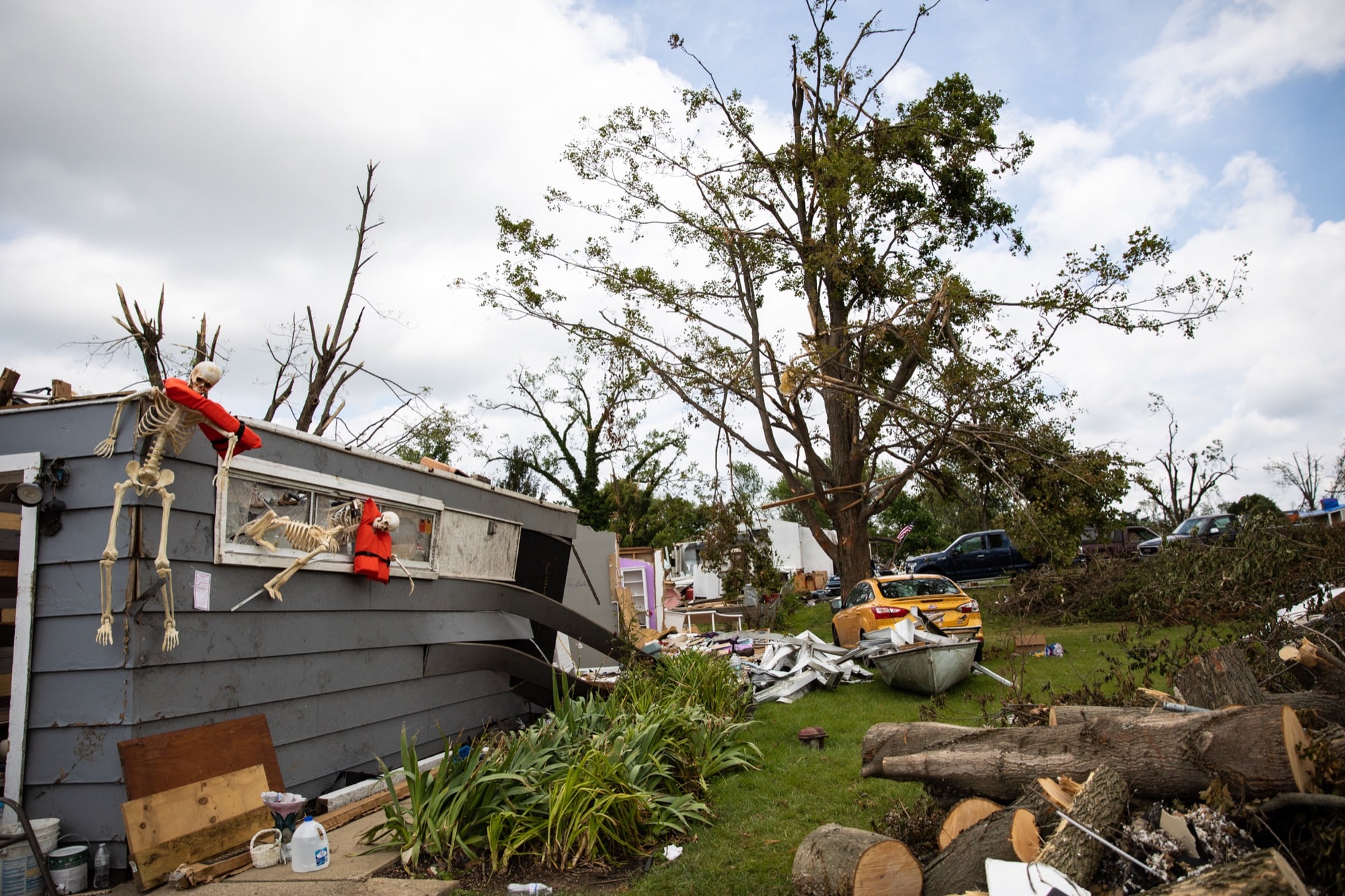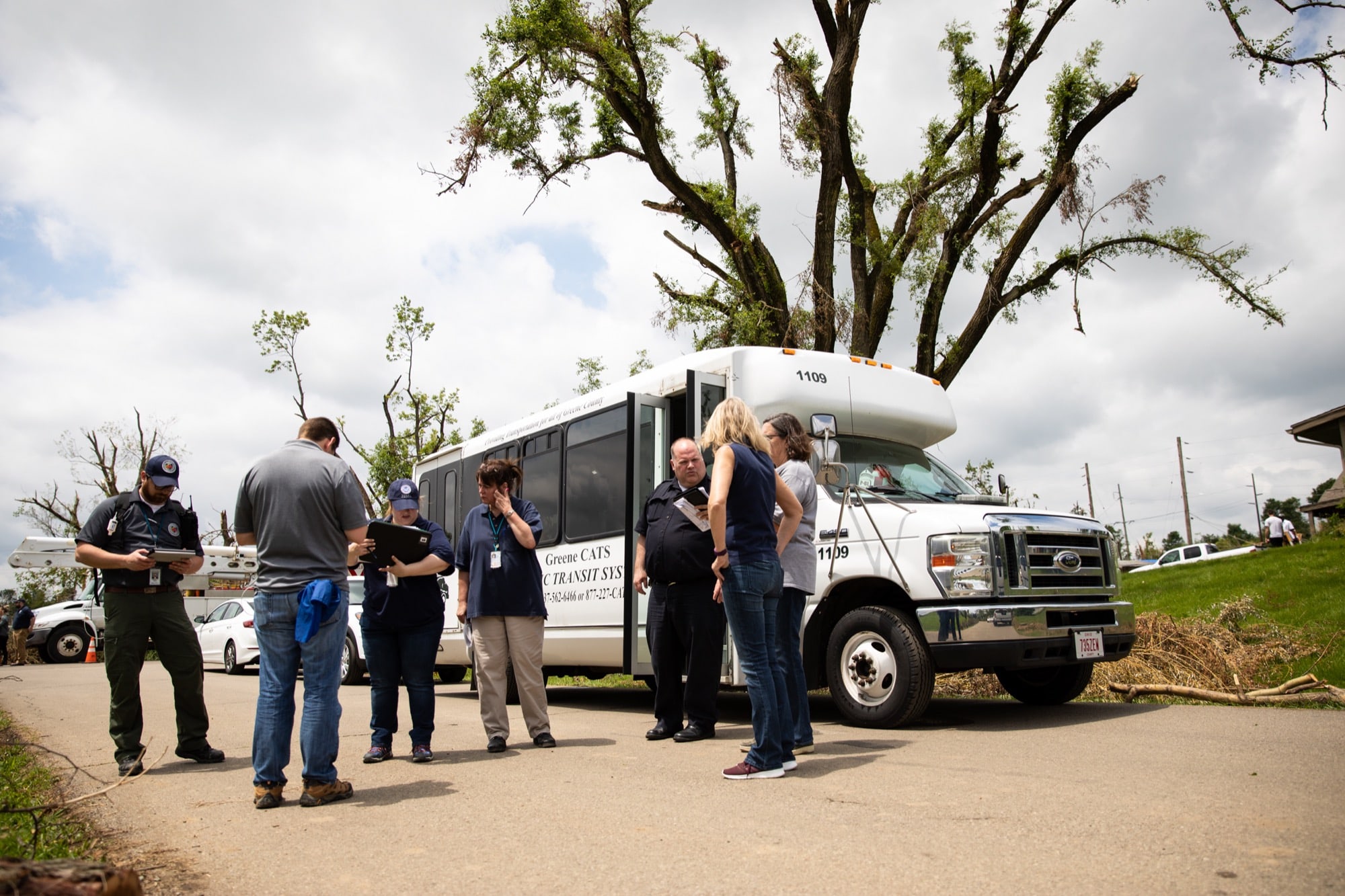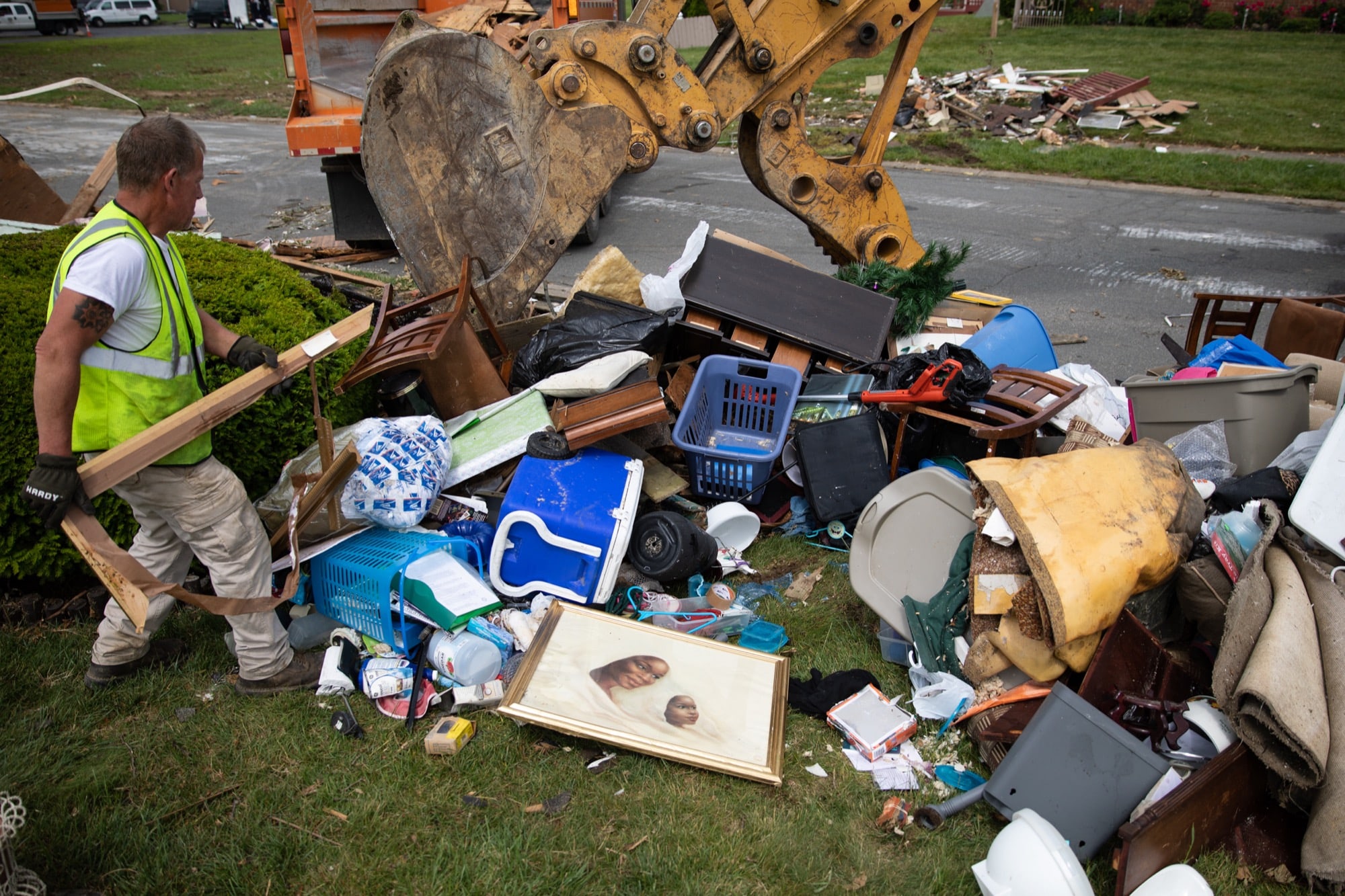Out of sight, out of mind: Small communities struggle in the shadow of larger disasters
OSO, Wash. — Katrina. Sandy. Harvey. Maria. Each was a disaster of shattering magnitude, battering America's shores over the past two decades.
But between these pivotal storms lie hundreds of smaller disasters that garner a fraction of the national attention and the billions of federal dollars that accompany them.
A News21 analysis of Federal Emergency Management Agency data shows those smaller disasters accounted for more than 60 percent of all federally declared disasters between 2003 and 2018. Yet they received at least $57.3 billion less in public assistance from FEMA.
In addition to public assistance, which pays for restoring roads, bridges and other public facilities, uninsured people whose homes or businesses are damaged by larger disasters also qualify for direct individual assistance to pay for temporary housing, repair costs and replacement costs.
The federal government provided disaster survivors at least $23.2 billion in individual assistance from 2003 to 2018, but those dollars did not go to communities with smaller disasters or higher insurance coverage, according to FEMA data. Since 1999, 651 declared disasters did not receive individual assistance.
Although FEMA data for the number of disasters receiving individual assistance are available, the dollar amounts are incomplete before 2003.
Craig Fugate, the director of FEMA under the Obama administration, said the number of disasters peaked during his first full two years in 2010 and 2011, but overall less storms qualified for individual assistance.
“In 2010, 2011, we were setting records for disasters that we were declaring both public assistance and individual assistance, but we were trying to ... use a very consistent process,” he said. “We were actually declaring more events, but we were also seeing a fairly consistent denial rate when they didn't meet those criteria.”
This follows the trend of the sharply decreasing number of disasters that receive individual assistance that has occurred since 1999.
From 1999 to 2008, almost 60% of disasters met the requirements needed to pay individual assistance to affected survivors, while in the following decade, 29% of all declared disasters met those requirements.
As more expensive storms become more frequent, these hazards paint a picture of a steady, pervasive and growing threat in areas that are often less prepared for storms and disasters.
The most damaged communities are those where such destruction was unexpected. They include such places as Marshalltown, Iowa; Twisp, Washington; and Hammond, Minnesota, where record weather events caused widespread private property damage and sometimes took lives yet didn’t qualify for individual assistance for a variety of reasons.
A complex system
In Marshalltown, state and local officials weren’t familiar with the complex process needed to receive individual assistance, leaving them scrambling when an EF3 tornado barreled into town July 19, 2018.
Residents and officials still are rebuilding Marshalltown after being denied individual assistance. The EF scale ranks tornadoes by their damage and wind speed, with EF5 as the most destructive.
When the twister struck at about 4:30 p.m., Michelle Spohnheimer, the city’s housing and community development director, and employees were crammed into a single-stall restroom in the basement of her office.
The tornado – one of three that hit Iowa that day – damaged more than 1,800 homes and 200 other structures.
“The severity of it is not something that we really are accustomed to experiencing, and so when a tornado like that hits a community, it can be extremely devastating,” Spohnheimer said. “We were very fortunate to have no fatalities.”
The tornado struck two factories before hitting a poorer part of town, said Kim Elder, the coordinator and homeland security representative of Marshall County.
“Just before it lifted, it went from an EF1, EF2 and worked its way into the EF3,” Elder said. “The EF3 is where it destroyed the majority of those low-income, smaller homes, older homes and the factory. That's the majority of the damage as it worked its way across Marshalltown.”
Many of the residents were uninsured or underinsured, Elder said.
Fugate said FEMA’s individual assistance program is designed to mitigate this type of destruction. But in Marshalltown, the complex application formula left hundreds without assistance from FEMA.
Individual assistance is the only type of FEMA assistance given directly to survivors who can’t pay for all of their needs by themselves, with insurance or other means, the agency says. FEMA provides public assistance to cities and communities once the cost of damage surpasses a minimum threshold.
But unlike public assistance, applications for individual assistance are analyzed on a case-by-case basis using a complex web of factors, including a state’s total taxable revenue, the severity of the storm and the amount of damage done in proportion to the whole state.
“We knew going into it that there was probably not a real high chance that we would see that declaration for individual assistance, but we certainly wanted to try all avenues if we could,” Spohnheimer said. “So you know we're disappointed yet not necessarily surprised by that decision.”
She noted that individual assistance is not enough to completely rebuild a home, but the lack of those funds was a setback for the community nonetheless.
Housing assistance payments from FEMA average about $8,500 per household, according to a 2018 Congressional report. Housing makes up the majority of individual assistance, but other services are provided by FEMA, including counseling and unemployment assistance.
Marshalltown did qualify for public assistance for government buildings and a network of local nonprofit and community organizations stepped up to help house those without insurance.
After experiencing the federal application process, Spohnheimer said Marshalltown is now prepared to effectively report damage in order to apply for assistance.
“There is a lot of T’s to cross and I’s to dot and things that have to be done, and it's a lot harder to do it after the fact if you don't know what you needed,” Spohnheimer said. “So we've definitely learned a lot.”
In a letter to FEMA in 2016, the Florida Division of Emergency Management called the steps to apply for individual assistance “an opaque process that leaves states unsure about what they need to demonstrate in order to be eligible for a declaration, and results in communities that are delayed in the recovery process because they are unsure how to best utilize their scarce resources.”
Eighty-five memorial crosses and scorched cars are reminders of the deadly 2018 Camp Fire in Northern California, which nearly wiped out the town of Paradise. (Briana Castañón/News21)
Individual assistance dollars are stretched even thinner or aren’t available to smaller communities within larger states, according to Fugate and other emergency officials.
“You can have areas with a lot of devastation, and you’ll never get to the threshold for the state to get declared because FEMA looks at the entire state, not just in the area of impact,” Fugate said. “So they balance it against the state and the state's available resources.”
Regardless of their size, when state and local government agencies are overwhelmed by a disaster, they turn to the federal government for financial assistance.
“The determination of which programs are authorized is based on the types of assistance specified in the Governor or Tribal Chief Executive’s request and the needs identified …” according to a fact sheet provided by FEMA.
But when residents of smaller communities fail to meet all requirements to qualify for individual assistance, the cost falls to the individuals or is left uncovered.
One such place is Twisp, a town of fewer than 1,000 people in north-central Washington, an area that faces a steadily increasing threat of wildfires.
Maurice Goodall, the emergency management director for Okanogan County, said seeking individual assistance from FEMA is a gamble.
“For us, when it comes to IA (individual assistance), it’s like, flip the coin up and which way does it land?” he said.
Twisp was menaced by wildfires in 2014 and 2015 – the latter became the largest in Washington history. The town was caught off guard, Goodall said.
That fire was declared a federal disaster, setting off a flow of cash and resources from the federal government. Although 600 homes were damaged at a cost of nearly $3.6 million, FEMA did not provide individual assistance.
